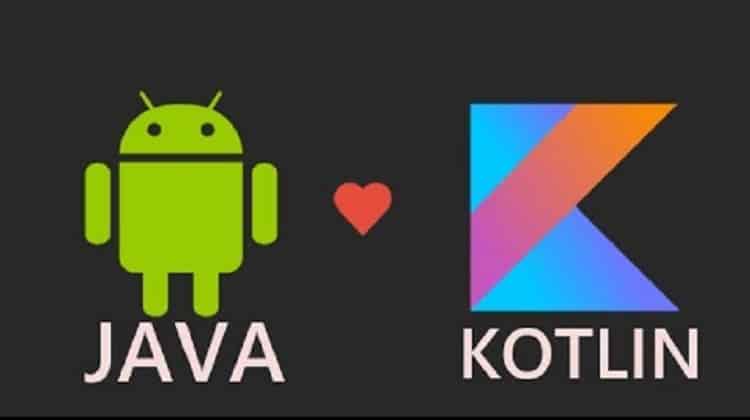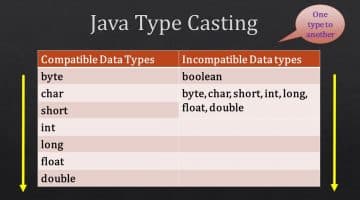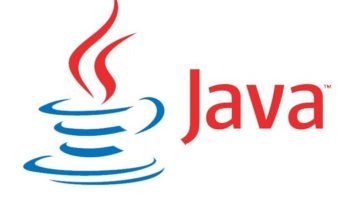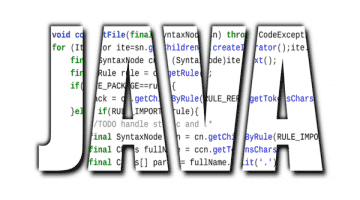When you rely on the development of mechanical man, the measured odds square programming language immediately comes to mind: Java. While it is true that most mechanical man applications square measure written in Java, when it comes to mechanical man development, Java is not your only option. You can find freelancers to write this for you.
You can write mechanical man applications in any language that can compile and run the Java Virtual Machine (JVM), and its end users may not be the wisest. And a compatible JVM programming language that really attracted the attention of the mechanic’s community is Kotlin, a JetBrains programming language statically written. Hire freelancers online today to provide you way out.
If you’ve heard of clever things about Kotlin and are interested in making an offer for yourself, then you’re in the right place. In this three-part series, I’ll share everything you’d like to understand to start using Kotlin for the development of mechanical man.
In this first part I’ll see why you as a mechanical developer, you may have to consider setting the Java switch in the initial place and then examine the executives and cons of choosing Kotlin as a replacement for Java. At the end of this text, you will have a solid understanding precisely what Kotlin has to offer and can understand if it is right for you.
With these fundamentals in place, in the third installment, we will see a way to overload the development of Android by using some advanced language options additional Kotlin.
Why should I create Java change?
While Java is one of the most widely used languages in the world it is just about programming and the official language of man mechanical development, there are several reasons why Java continually not be the most effective option for your mechanical man comes.
The biggest problem is that Java is not a contemporary language, although Java and Eight was a major revolution for the platform, introducing many of the options that the expected developers (including lambda functions) at the time of writing Android only supports a set Java eight Options. It seems unlikely that mechanical developers can be reaping the global benefits of Java eight soon, so for the foreseeable future, if you need to use Java on your mechanical man comes, and then you’re damned well with Java. Look for and find freelancers to explain or do it for you.
Java as a whole also has some fairly well-documented language problems, including endless try-catch blocks, lack of extensibility, null insecurity (and that infamous NullPointerException), not to mention the lack of support for functional programming options. Although Java is beginning to add some useful pieces of programming, such as lambda expressions and functional interfaces, Java remains a procedural language. Java syntax too tedious too, especially when compared to various fashion programming languages. You can hire freelancers online for the programming language.
Advantages of Kotlin
So it may be necessary to think of switching to one of several fashionable square measurement programming languages designed to run on the JVM. While there is no shortage of languages compiling to Java bytecode, there are a few factors that create Kotlin stand out from the crowd:
Permutability with Java
One of Kotlin’s greatest strengths as a possible alternative to Java is that the high level of skill between Java and Kotlin including Java and Kotlin have faceted facetted code existing within the same project and compile all dead yet. Here you can see the example of an associated project degree consisting of a Java activity and a Kotlin activity.
Since KOTLIN and Java classes there are faceted facets in the same project, {you go | KOTLIN start exploring without having to try to do something strong like changing an entire Kotlin project or starting a replacement project specifically so you can try your hand at Kotlin.
With this level of interoperability, if you have a project that you are already committed to, you can try Kotlin on a small part of this project without touching the rest of your code base. And if you decide you just want to continue exploring Kotlin, you can either migrate the existing Java code in your Kotlin project file at once or leave the legacy of your Java project code untouched and use only Kotlin for new categories and options.
Since Kotlin is quite useful with Java, you can also use most Java libraries and frameworks in your KOTLIN projects, even advanced frameworks that support the annotation process.
Easy learning curve
Kotlin designed as a sweetener for Java rather than a complete rewrite, many of the skills you have not inherited and perfected over the course of your Java career should remain applicable to your Kotlin comes.
Kotlin is also designed to have a smooth learning curve for Java developers. Java developers should note that most Kotlin syntax looks familiar; For example, the code used to produce a substitution category in Kotlin is extremely similar to Java:
Kotlin is also designed to be intuitive and easy to scan, so even if you find a code that is dramatically totally different, you should still be able to get the gist of what this code is doing.
Combining the best of practice and procedural programming
There is currently a variety of programming paradigms that are in widespread use, but since it is the question of “what is the best approach is” there is no easy answer. Each programming paradigm has its own set of strengths and weaknesses, so while there is no shortage of situations where practical programming has an associated degree of advantage, there are also many problems wherever a procedural approach is more practical.
So, why should you have to make a choice of practice and procedure? Like several fashion programming languages, Kotlin aims to bring out the best of both worlds by combining ideas and practical part of programming and practice.
First Class Automaton Studio Support
Kotlin is developed by JetBrains, the company behind IntelliJ, the IDE on which Android Studio is based. It’s no wonder, then, that Android Studio has a glorious support for Kotlin. Once you put the Kotlin add-on, Android Studio makes Kotlin set up your project as simple as removing some menus.
Conclusion
In the first post of this three-part series, let’s examine why you want to contemplate moving the Java part of your development robots to at least one of the other supported languages JVM fashion. Also, let’s take a closer look at the distinct benefits and drawbacks of Kotlin as a possible replacement for Java.
- Top 6 SEO Tools to Boost Your Business - January 18, 2024
- Top PHP interview questions and answers 2020 - July 7, 2020
- How to create a Whatsapp account using the Australian number? - June 28, 2020




